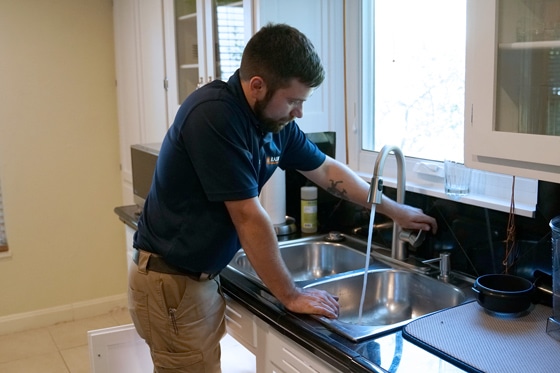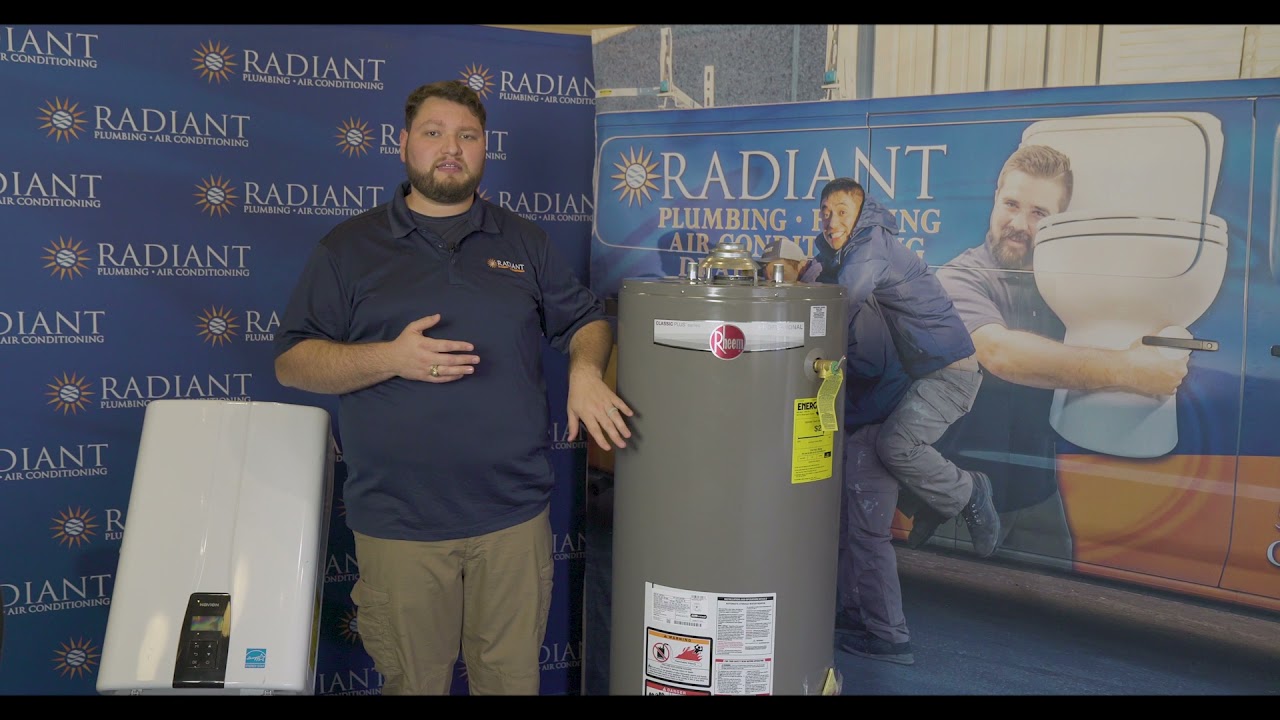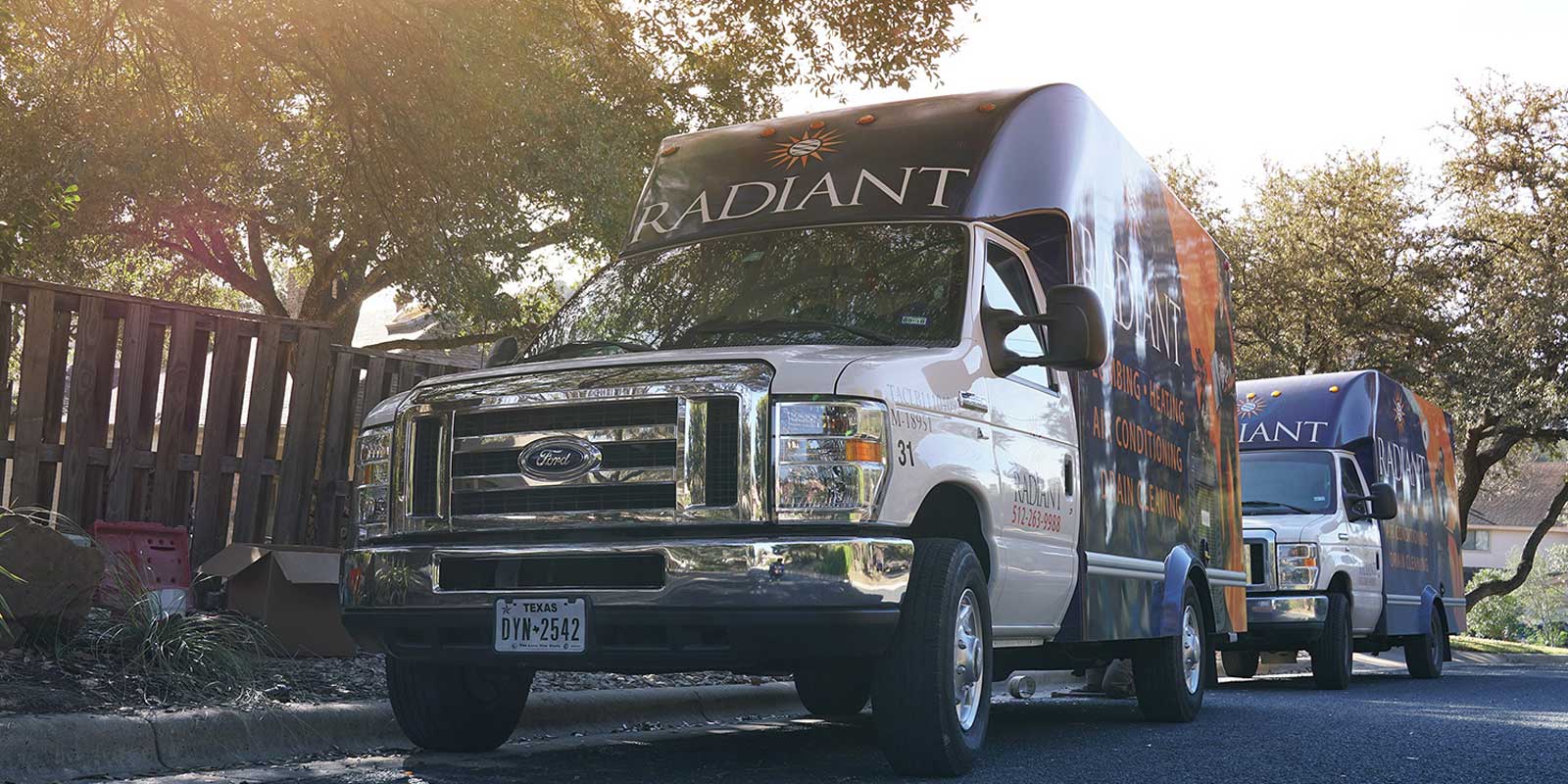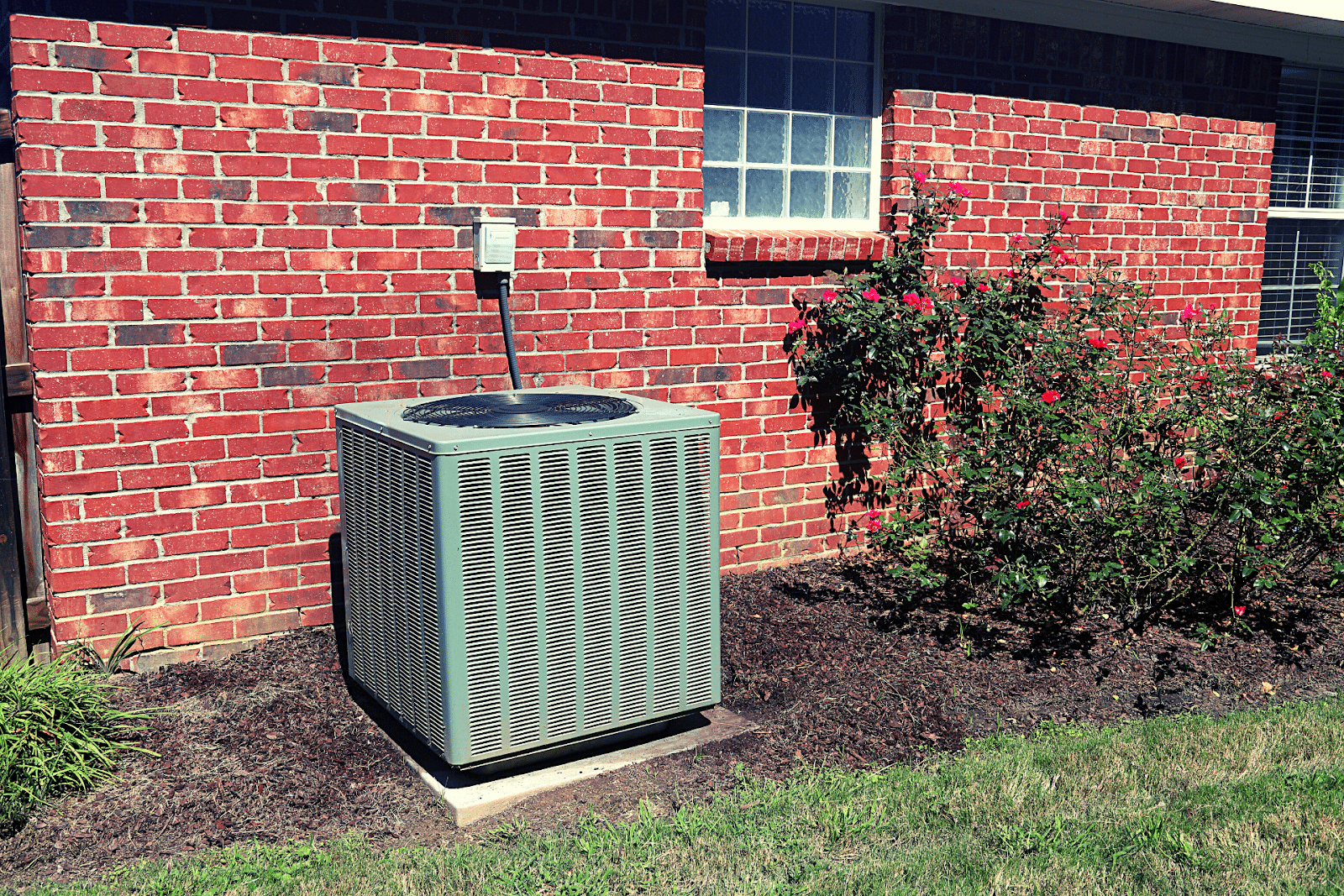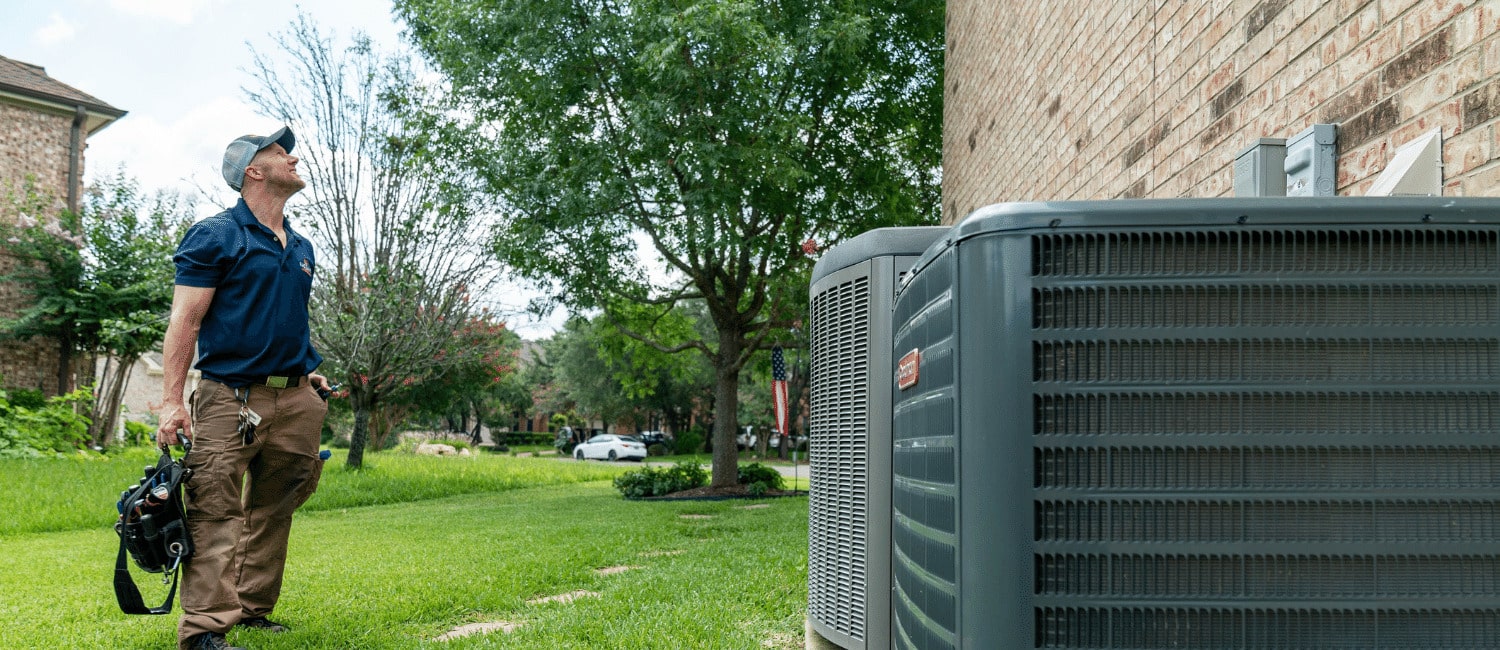All year round, we count on our homes’ heating and cooling systems to keep us comfortable. Of course, there are many systems on the market to choose from, each with its own set of benefits.
Forced-air furnaces are among the most popular heating systems because they provide quick heat and are known for their energy efficiency. But how does a furnace work, exactly? Whether you already have one of these systems in your home or are thinking about an installation, knowing the answer to this question can be helpful.
Let’s discuss how a furnace works in more detail below.
How a Furnace Works
If you have a furnace in your home, you probably don’t think about it too often. Most likely, you only think about your heating system when the outdoor temperature drops and you start getting a chill. Once the colder weather sets in, it’s important to have a steady supply of heat to keep your family comfortable.
So, how does a furnace work? Let’s go through a step-by-step process of what you can expect.
When a furnace starts a new heating cycle, the pilot light or electric ignition system is ignited. From this point onward, the heat exchanger in the combustion chamber starts to heat up. As the cold air from your home enters the furnace, it passes through the heat exchanger so that it can reach your desired temperature.
Once the air has reached the temperature set on your thermostat, the blower fan kicks on. From here, the blower fan pushes the heated air through the return ducts so that it enters your living spaces. Now your home will have comfortable, warm air!
How Does a Furnace Know When to Turn On?
As we briefly touched on above, your furnace and thermostat work hand-in-hand. When you turn up your thermostat, calling for heat, the thermostat sends a signal to your furnace’s control board.
Although it’s helpful to know how a furnace works, it’s just as important to know how your thermostat operates. If something goes wrong with the thermostat, this can potentially disrupt your furnace’s ability to produce warm air.
Do Furnaces Need Maintenance?
Like any other heating or cooling system, you should schedule annual maintenance for your furnace. Having your furnace inspected, cleaned, and tested by a professional technician can help ensure the unit runs in peak condition.
You can do some simple furnace tasks on your own, such as replacing the air filter. In general, you’ll want to change the filter every 90 days to keep it from getting clogged.
How does a furnace work when it has a clogged air filter? Unfortunately, your furnace will have to work extremely hard to overcome the disruption caused by the dirty filter. As your filter collects dirt and debris over time, this can limit the airflow coming and going from the heating system. And as a result, your furnace will have to work extra hard to meet your heating needs, which can lead to higher energy bills. Plus, you may find yourself needing heating repair services.
Neglecting to schedule furnace maintenance will lead to underperformance. In some cases, it could even lead to more serious problems like CO leaks. If you think it’s time, it probably is. For peace of mind, schedule heater maintenance today.
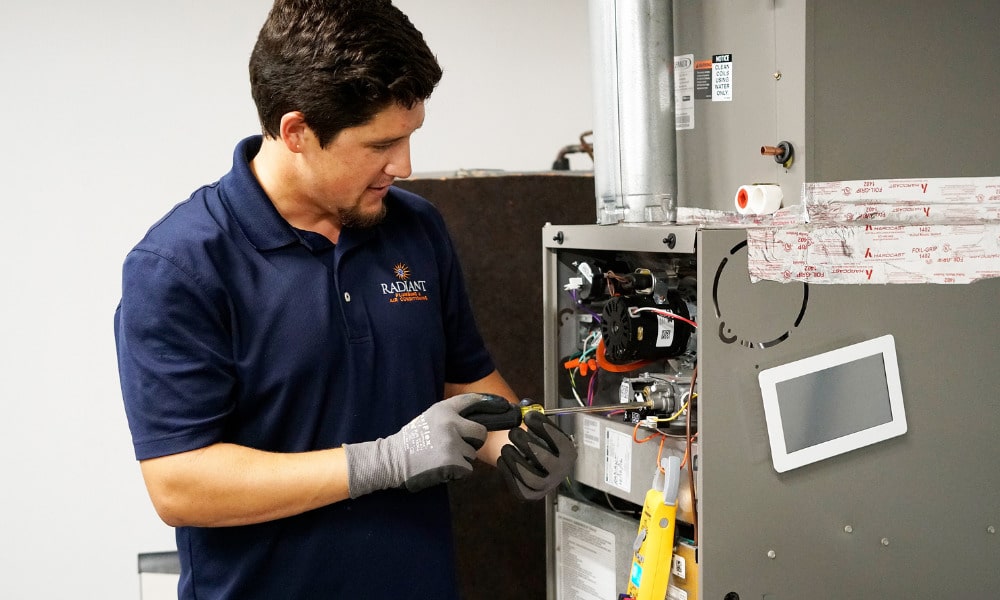
Types of Furnaces
Now that you know how a furnace works, it’s time to talk about the different fuel types these heating systems can run on. If you’re interested in installing one of these heating systems in your home, it can be helpful to know what to expect when choosing a specific fuel source.
As you may be aware, furnaces primarily run on natural gas, electricity, and oil. Gas furnaces work much like oil and electric furnaces, except that they require you to install a gas line on your property. When a new heating cycle starts, the gas valve will open to provide gas to the unit’s pilot light.
Do you want to save on heating bills? If so, you might want to choose a gas-operated furnace instead of a unit that runs on oil or electricity. Are you interested in heating your home as fast as possible? Oil furnaces are known for supplying the quickest heat, as oil burns hotter than gas. You should review your specific preferences and situation before making a decision for your home.
Install a New Furnace With Our Heating Experts
So, how does a furnace work when you crank up the heat in your home? As you can see, these heating systems follow a pretty straightforward process to make you warm and cozy.
Now that you know how a furnace works, contact the heating experts at Radiant for a furnace repair or installation!
Our professional technicians are familiar with all types of HVAC systems, from furnaces and air conditioning units to heat pumps. We have the skill and experience to bring you top-notch services for all of your home heating needs. Contact us today at 833-656-4056 to schedule an appointment in Austin, TX, or the surrounding area!

